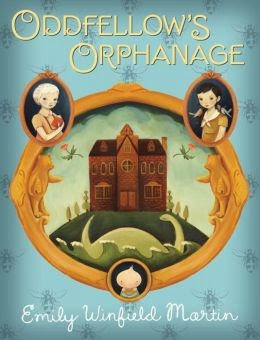About Average, by Andrew Clements, 128 pp, RL 4

ABOUT AVERAGE is now in paperback! Andrew Clements is a prolific author of the bestselling (as in, 2.5 million) story about a boy who makes up a new word, Frindle . Published in 1996, Frindle is often part of the fourth and/or fifth grade curriculum at many elementary schools. In fact, Clements, who began his career as a teacher, sets almost all of his books (excluding the "Things" trilogy, which are for slightly older readers) squarely in school. Even his new mystery-adventure series Keepers of the School series, while a change in genre, is set in a school. And, coincidentally, the only other Clements book I have read is his novel titled The School Story , which is about a girl who writes a school story titled, "The Cheater." I loved The School Story and have no idea why it has taken me this long to read more of Clements's books because he truly is a phenomenal writer, gifted at thinking like a kid and expressing those thoughts on the page,




